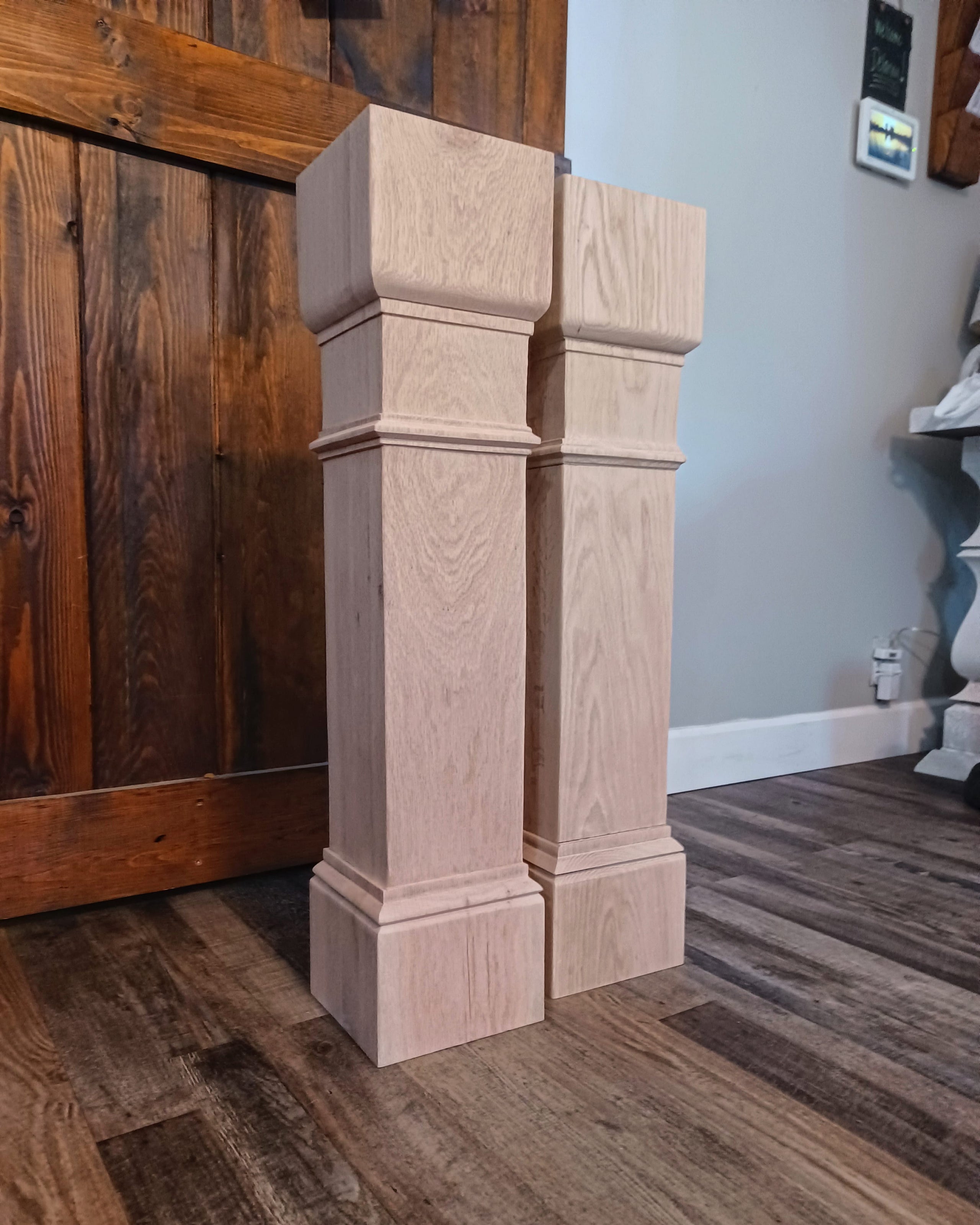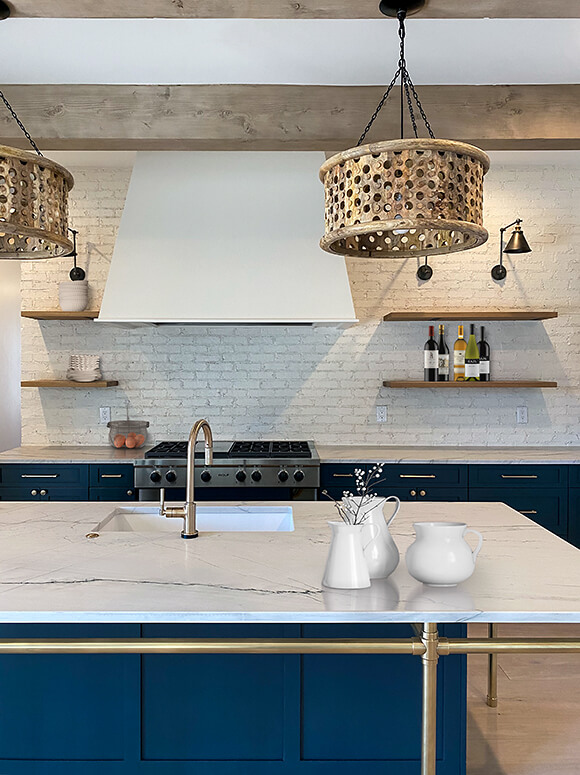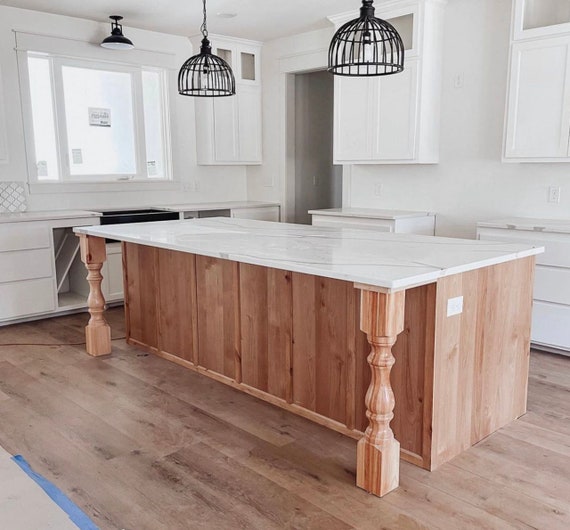Cutting-edge and Trendy Styles in Modern Legs For Kitchen Island Solutions
Necessary Variables to Consider When Choosing Legs For Kitchen Area Island
Selecting the suitable legs for a kitchen island includes a cautious evaluation of multiple elements that can considerably affect both performance and aesthetic charm. As we discover these aspects, it comes to be clear that each decision can have far-ranging effects for the overall cooking area experience.
Product Options
When picking legs for a cooking area island, understanding the numerous material choices is crucial for achieving both visual charm and structural integrity (Legs For Kitchen Island). The choice of product considerably influences not only the durability of the island however also its overall layout and functionality
Steel legs, typically made from stainless steel or wrought iron, add a contemporary and industrial feeling while making sure toughness and security. These products are resistant to put on and can sustain significant weight, making them suitable for bigger islands.
Another alternative is crafted materials, like MDF or plywood, which can be more affordable while still providing a variety of finishes. They might not offer the same degree of stability as strong timber or metal. Legs For Kitchen Island. Lastly, products such as acrylic or glass can produce a contemporary appearance, though they may require added support to ensure security.
Ultimately, the choice of material for cooking area island legs ought to straighten with the preferred functionality and the total theme of the cooking area.
Style and Layout

When taking into consideration style, the form and surface of the legs are crucial. Tapered legs can supply a sense of agility and style, while thicker, more durable legs can share stamina and security. Furthermore, the surface-- be it painted, discolored, or natural-- should complement the kitchen cabinetry and kitchen counter products to produce a unified look.
Furthermore, the design of the legs can also mirror individual taste. Customized or decorative legs, such as those featuring detailed carvings or one-of-a-kind geometric forms, can serve as prime focus, adding personality and character to the kitchen. Ultimately, the appropriate option will not just enhance capability however also boost the visual appeal, making the cooking area island a standout function of the home.
Height Factors To Consider
Selecting the suitable elevation for kitchen area island legs is important, as it directly affects both functionality and convenience. The conventional height for a cooking area island usually ranges from 36 to 42 inches, lining up with common kitchen counter heights. A 36-inch elevation is optimal for cooking and cooking, enabling comfortable usage of kitchen area devices and tools. Alternatively, a height of 42 inches is usually liked for islands intended for bar seating, suiting taller stools and supplying a casual eating experience.

It is likewise vital to account for users' choices and elevations. Customizing the elevation can make sure a comfortable experience for all member of the family, making the cooking area island a much more practical and enjoyable area.
Weight Support
Making sure adequate weight support for kitchen area island legs is vital for both safety and security and functionality. The cooking area island frequently offers multiple objectives, including food prep work, eating, and extra storage space, necessitating a durable assistance structure. When picking legs, it is essential to think about the overall weight capability called for based on the island's meant usage and the products that will be positioned on it.
The selection of material for the legs plays a considerable duty in their weight-bearing capabilities. Solid timber, steel, and heavy-duty composites normally provide exceptional stamina contrasted to lighter materials. Additionally, the style of the legs-- whether they are right, tapered, or have a pedestal form-- can influence their capability to disperse weight properly across the structure.
Furthermore, the leg positioning need to be strategically planned to enhance stability. Legs positioned at the edges or with a broader base can much better sustain larger loads. Always speak with the maker's requirements pertaining to lots limits to ensure that the legs try this site can sustain the intended weight without compromising safety. In summary, selecting kitchen island legs with sufficient weight support is vital for producing a practical and risk-free culinary space.
Installation and Maintenance
Appropriate setup and upkeep of kitchen island legs are important for making certain long life and stability. This typically includes securing the legs to the island base making use of proper fasteners, ensuring that the legs are degree and aligned.
As soon as installed, normal maintenance is essential to protect the honesty and appearance of the legs - Legs For Kitchen Island. For wood legs, periodic cleaning with a wet cloth and application of appropriate timber polish can stop moisture damage and preserve their coating. Steel legs may call for a gentle cleansing remedy to eliminate grease and gunk, adhered to by a dry cloth to stop rust formation
Furthermore, inspect the legs routinely for indications of wear or damages, such as fractures or loose joints. Tightening up screws or bolts as required can likewise lengthen the life expectancy of the legs. By adhering to these setup and upkeep methods, homeowners can make certain that their kitchen island continues to be you can check here durable and aesthetically appealing for years ahead.
Conclusion

Aesthetic coherence is vital in picking the style and design of legs for a kitchen area island, as these components greatly influence the overall atmosphere of the area. Conical legs can give a feeling of agility and elegance, while thicker, more robust legs can communicate stamina and stability.Selecting the proper elevation for kitchen area island legs is critical, as it straight influences both capability and convenience. In recap, picking cooking area island legs with ample weight assistance is crucial for developing a secure and useful culinary space.
In conclusion, selecting legs for a kitchen island demands mindful factor to consider of different factors, consisting of product alternatives, design, height, weight support, and installment.